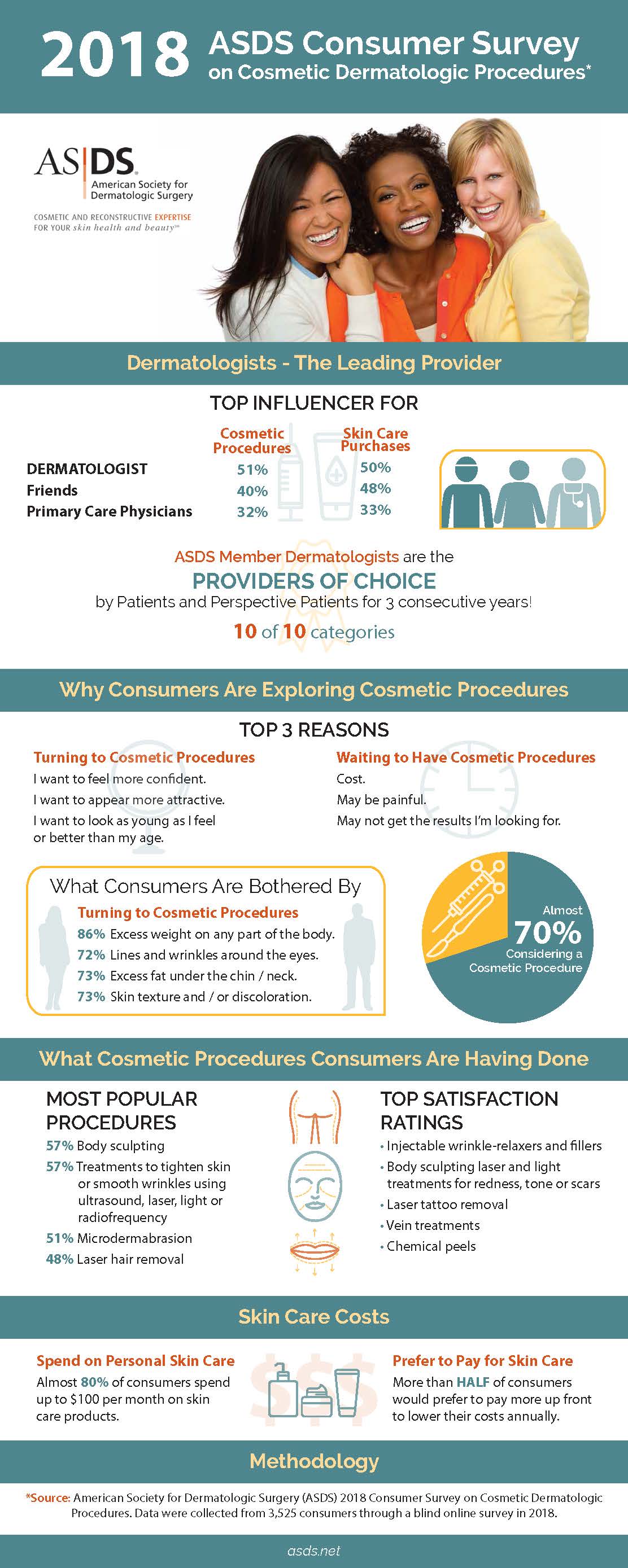AHAs are a key ingredient for unclogging pore clogs and lightening up acne-prone skin. They function by breaking down dead skin cell build-up to promote newer, fresher cells, and preventing future clogs.
Creating topical AHAs demands precise interest to various crucial variables that considerably affect their efficiency and tolerability. Keeping the optimal pH range, in addition to vehicle selection and concentration, magnifies their exfoliative features while mitigating potential unfavorable responses.
Glycolic acid
Glycolic acid is recognized for its mild yet efficient exfoliating properties, which promote skin's all-natural losing and loosen up the "glue" that holds dead cells on the surface of the skin. This helps unblock pores and decrease the look of great lines and creases, along with boost total skin texture and tone.
Surprisingly, topical glycolic acid has actually also been shown to stimulate the production of collagen, which is essential in keeping skin's firmness and elasticity. It is very important to keep in mind, nonetheless, that due to the fact that glycolic acid can stimulate the skin's sensitivity to sunlight, it is important to put on sun block when using any type of items having this ingredient.
Skin specialists pay mindful attention to the formula of products having AHAs in order to optimize their effectiveness and tolerability. Developing AHAs with the proper automobile, along with pH and concentration considerations, enables ideal skin infiltration while decreasing possible damaging reactions. This is especially vital for individuals with delicate skin, because AHAs are known to be mildly irritating.
Lactic acid
Lactic acid is found in numerous over the counter skin treatment items and some stronger professional peels and treatments. It has the lowest molecular weight of all the AHAs and has the ability to penetrate much deeper right into the skin, where it is a lot more efficient at unclogging pores and scrubing.
Like glycolic acid, it likewise promotes collagen synthesis, which helps diminish great lines and creases and enhance skin structure. Furthermore, it has moisture-retention residential properties, that makes it better for drier skin kinds than other AHAs.
The comprehensive body of medical data substantiating the efficiency of topical AHAs sustains their utility in a large range of dermatological ailments and visual issues. These include elaborate skin rejuvenation treatments, depletion of fine lines and wrinkles, lightening of hyperpigmentation, therapeutic treatment for actinic keratosis, and acne monitoring [2] Enhancing the formulation of AHAs by stabilizing pH, focus, and car selection better improves their therapeutic potential. These mindful considerations enable skin doctors to supply secure and efficient treatments that give remarkable medical results.
Mandelic acid
Mandelic acid, stemmed from almonds, is one more member of the AHA household and is a popular active ingredient in items that help deal with acne. Its larger molecular dimension indicates it penetrates the skin extra gradually and carefully, which can reduce the possibility for inflammation. It's additionally much less likely to cause inflammation and other skin level of sensitivity issues, making it ideal for delicate skin types.
Mandelic Acid is believed to help reduce inflammation and increase hydration. It functions by loosening the bonds in between dead skin cells, enabling them to lose and reveal fresher-looking skin. It additionally helps reduce the look of enlarged pores.
Creating topical items with AHAs calls for an accurate equilibrium of crucial elements that significantly affect their efficacy and tolerability. Specifically, the pH of an AHA formulation has actually been shown to play an important role in its capacity to promote peeling and improve complexion and appearance. Accomplishing this optimum concentration is a tough goal and requires careful attention to the different factors that affect the formulation process.
Citric acid
Citric acid, located in citrus fruits such as oranges and lemons, is a moderate AHA. It's much less irritating than glycolic or lactic acid, making it better for sensitive skin. It likewise has astringent properties, assisting to dry out excess oil.
Like other AHAs, citric acid can be made use of in chemical peels and daily active/maintenance therapies to exfoliate the skin and advertise cell turnover. It can help reduce the look of dark spots and hyperpigmentation, along with fine face lines.
It can additionally enhance the synthesis of glycosaminoglycans, which play a vital role in enhancing the skin obstacle function. This assists to avoid trans-epidermal water loss, and preserve optimum hydration degrees in the skin [35]
AHAs can be combined with calming ingredients such as ceramides or hyaluronic acid to enhance their tolerability. They can be included into everyday active/maintenance skin care via cream or product formulations. This permits practitioners to customize their AHA treatments based on individual needs and preferences, with the progeskin biologique versatility of picking from different treatment strengths or focus.
